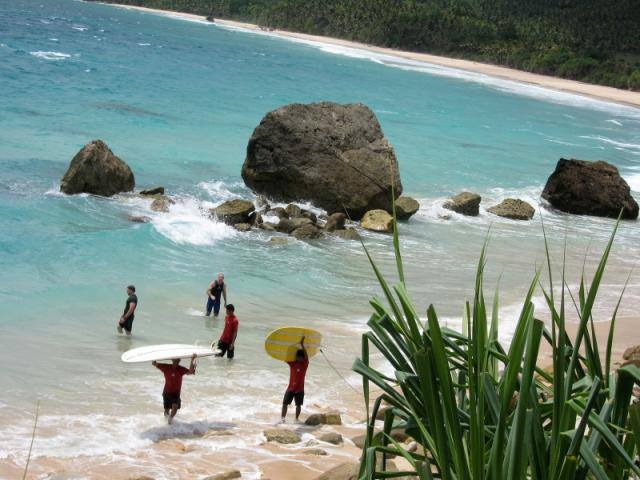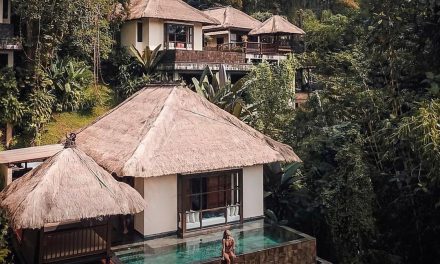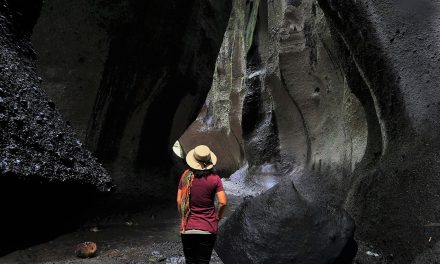When it comes to immersing yourself in a new culture, few experiences are as enriching as cooking classes. If you’re lucky enough to find yourself in Bali, Indonesia, you’re in for a treat! Not only are the local flavors vibrant and extraordinary, but the cooking classes here offer a unique way to delve into Balinese traditions. However, with so many options out there, how do you choose the right cooking class for you? Today, we’ll dive into comparing Bali cooking classes, focusing on reviews and prices while sharing some personal anecdotes and insights to make your decision a little easier.
The Allure of Balinese Cuisine
Before we jump into the nitty-gritty, let’s talk about what makes Balinese cuisine so special. On my first trip to Bali, I remember wandering through the bustling Ubud market, inhaling the intoxicating scents of spices I’d never encountered before—lemongrass, galangal, and the fiery sambal. I mingled with locals, and it dawned on me that learning to cook these dishes would be an unforgettable experience. Thus began my journey into the myriad cooking classes available throughout the island.
Why Take a Cooking Class?
Taking a cooking class goes beyond just learning how to prepare a meal. It’s a path to understanding the local culture and lifestyle. From mastering the art of making *nasi goreng* (fried rice) to crafting delicate *sate* skewers, these classes can be transformative. Plus, you get to eat your creations—what’s not to love?
Diving Into Reviews
When browsing through different Balian cooking classes, reviews are a goldmine of information. From my experience, platforms like TripAdvisor and Google reviews often provide the most honest insights. Here are some notable programs I discovered during my quest:
1. Paon Bali Cooking Class
– Review Highlights: With an average rating of 4.9 stars, many participants rave about the friendly instructors and the hands-on approach.
– Personal Touch: I remember an enthusiastic chef named Wayan, who not only taught us to cook but also filled the class with stories about each dish’s cultural significance.
– Price Point: Classes typically cost around $50 per person, which includes market tours and meals. In my opinion, it’s worth every penny!
2. Bumbu Bali Cooking School
– Review Highlights: This school has earned its place in many travelers’ hearts, often cited for its professional setup and comprehensive curriculum. Guests appreciated the cleanliness and the hospitality of the staff.
– Personal Touch: I took a class here, and they even provided us with a recipe booklet to take home. I still use it now and then—especially the peanut sauce recipe!
– Price Point: Classes here are higher, around $75 per person. The cost is justified considering the quality of the ingredients and the luxurious setting.
3. Casa Luna Cooking School
– Review Highlights: Known for its emphasis on traditional cooking methods, Casa Luna boasts many complementary workshops. Reviewers often highlight the quality of the facilities and the intimacy of the classes.
– Personal Touch: I took a class here where we cooked in pairs. I met a lovely couple from Australia, and we shared tips and experiences over our dishes, creating friendships that last even today!
– Price Point: Expect to pay about $60 for a class here. It’s slightly pricier than some others, but the experience truly feels premium.
Comparing Prices: Worth the Investment?
Now, let’s talk numbers. Pricing can vary significantly based on several factors: class duration, group size, and the inclusivity of the experience (such as market tours and meals). A basic cooking class can start as low as $30, while more comprehensive experiences can soar past $100. Here are a few practical tips to consider when weighing the price:
– Consider What’s Included: Does the price cover transportation, market visits, and meals? Some classes may seem expensive at a glance, but when you factor in everything they offer, they may be a better deal.
– Look for Group Discounts: If you’re traveling with friends or family, inquire about group rates. Some cooking schools offer discounts for larger parties, allowing you to enjoy the experience without breaking the bank.
– Check for Seasonal Promotions: Keep an eye out for promotions, especially during off-peak seasons. Many classes drop their prices to attract more students.
Relatable Scenarios: What’s Your Style?
As you ponder over which class to choose, it’s essential to consider your cooking style and preferences. Are you a novice looking for a fun, hands-on experience? Or are you more seasoned and seeking something sophisticated?
For instance, during my second trip to Bali, I realized that I craved a more personalized experience. I opted for a private class where the chef tailored the dishes based on my culinary interests. That experience surpassed anything I had previously encountered. It costs a bit more, but the depth of learning was invaluable.
Final Thoughts
Navigating through the myriad cooking classes in Bali can feel overwhelming with the reviews and price variations. My advice? Trust your instincts. Take a moment to reflect on what you wish to gain from the experience. Is it the camaraderie of a group, or do you want the individual attention of a private session? Remember, every journey in Bali is unique, and so is each cooking class. With the right approach, you’ll not only leave with new recipes and skills but also with memories and friendships that will last a lifetime. Happy cooking!






